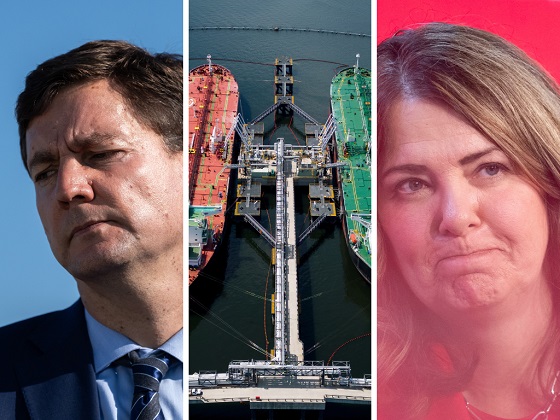International
Former GOP Republican Presidential Candidate Buys Activist Stake In Left-Wing Outlet

 From the Daily Caller News Foundation
From the Daily Caller News Foundation
By JASON COHEN
Former Republican presidential candidate and businessman Vivek Ramaswamy purchased an activist stake in BuzzFeed, according to a May Securities and Exchange Commission filing.
Ramaswamy purchased a 7.7% stake consisting of 2.7 million shares between March 14 and May 21 at costs ranging from $1.47 to $2.51 per share, according to the filing. The businessman asserted in the filing that he feels the company’s shares are “undervalued and represent an attractive investment opportunity.”
The New York Times vehemently claims that the noncitizen voting problem is a “false narrative.” If it’s such a non-issue, it’s interesting that they’re so staunchly opposed to a bill that bans it. pic.twitter.com/o40FK6sU05
— Vivek Ramaswamy (@VivekGRamaswamy) May 22, 2024
Ramaswamy “will seek to engage in a dialogue with the Issuer’s Board of Directors (the “Board”) and/or management about numerous operational and strategic opportunities to maximize shareholder value, including a shift in the Company’s strategy,” according to the filing.
Buzzfeed has been laying off employees since late 2022 as it has struggled with digital advertising, according to The Associated Press. The company closed down its BuzzFeed News in early 2023.
The company also recently reported a loss of $35.7 million in the first quarter of 2024 as advertising revenue plunged 22%, according to the AP.
“It’s an interesting bet,” an individual who is close to Ramaswamy told Mediaite. “Vivek, the anti-woke warrior, buying a material stake in one of America’s most woke media entities would signal to this long time investor that he intends to make it a free speech platform … If he turns it around financially, he would have serious street cred for another conservative political move.”
Ramaswamy in January suspended his presidential campaign and endorsed former President Donald Trump as the 2024 Republican nominee. The businessman also recently visited Trump at the New York courthouse where he is currently on trial.
“The most remarkable part was the one thing you get from being in that courtroom is a sense of the depressing atmosphere, which matches the depressing nature of what’s happening in there. It’s sort of like a concrete poem for the decline of America, actually. You get like a third-world visual, atmospheric courtroom, open wires sticking out, temperature regulation nonexistent, stuffy air a thick scent. And in the same place is happening. It’s not just third-world atmospherics, but a third-world proceeding,” Ramaswamy told the Daily Caller.
Online news outlet The Messenger shut down in January after less than a year of operations; the outlet started out with $50 million in May 2023, but it was hemorrhaging tens of millions of dollars while only taking in about $3 million in revenue last year. The Washington Post planned to eliminate roughly 240 jobs as of December 2023 amid its financial struggles and NPR has similarly been laying off workers since 2022.
BuzzFeed and Ramaswamy did not immediately respond to the Daily Caller News Foundation’s request for comment.
Business
Former Trump Advisor Says US Must Stop UN ‘Net Zero’ Climate Tax On American Ships


From the Daily Caller News Foundation
Later this week the United Nations will hold a vote on a multi-billion climate-change tax targeted squarely at American industry. Without quick and decisive action by the White House, this U.N. tax on fossil fuels will become international law.
This resolution before the International Maritime Organization will impose a carbon tax on cargo and cruise ships that carry $20 trillion of merchandise over international waters. Roughly 80% of the bulkage of world trade is transported by ship.
The resolution is intended to advance the very “net zero” carbon emissions standard that has knee-capped the European economies for years and that American voters have rejected.
This tax is clearly an unnecessary restraint on world trade, thus making all citizens of the world poorer.
It is also an international tax that would be applied to American vessels and, as such, is a dangerous precedent-setting assault on U.S. sovereignty. Since when are American businesses subject to international taxes imposed by the United Nations?
The U.S maritime industry believes the global tax would cost American shippers more than $100 billion over the next seven years if enacted.
Worst of all, if the resolution passes, it will require the retirement of older ships and enable a multi-billion-dollar wealth transfer to China, which has come to dominate shipbuilding in recent years. China STRONGLY supports the tax scheme, even though, ironically, no nation has emitted more pollutants into the atmosphere than they have. Yet WE are getting socked with a tax that indirectly pays for THEIR pollution.
Despite the fact that we pay a disproportionate share of the tax, the U.S. has almost no say on how the revenues are spent. This is the ultimate form of taxation without representation.
Even if the United States chooses not to implement the tax on domestic shipping, it will still be enforced by foreign ports of origin or destination as well as by flag states. As a result, American importers and exporters will be required to pay the tax regardless of domestic policy decisions.
Secretary of State Marco Rubio, Secretary of Energy Chris Wright, and Secretary of Transportation Sean Duffy have jointly stated that America “will not accept any international environmental agreement that unduly or unfairly burdens the United States or our businesses.” They call the financial impact on the U.S. of this global carbon tax “disastrous, with some estimates forecasting global shipping costs increasing as much as 10% or more.”
The U.S. maritime industry complains that although American vessels carry only about 12% of the globally shipped merchandise, U.S. flag vessels would bear almost 20% of this tax. No wonder China and Europe are for it. The EU nations get 17 yes votes to swamp the one no vote out of Washington.
Unfortunately, right now without White House pressure, we could lose this vote because of defections by our allies.
To prevent this tax, the White House should announce a set of retaliation measures. This could include a dollar-for-dollar reduction in U.S. payments to NATO, the U.N., IMF and World Bank.
At a time when financial markets are dealing with trade disputes, the last thing the world — least of all the United States — needs is a United Nations excise tax on trade.
Stephen Moore is co-founder of Unleash Prosperity and a former Trump senior economic advisor.
International
Number of young people identifying as ‘transgender’ declines sharply: report

From LifeSiteNews
“We have been winning legislatively for the last three years but now we are winning culturally,” said Chloe Cole, a leading voice for young people who have “detransitioned” after having medically, surgically, and socially attempted to “transition” to a member of the opposite sex.
A new report posted on X shows a steep decline in the number of young people who identify as “non-binary,” suggesting that the non-conforming sexual identity contagion that has infected so many young lives over the last few years is now retreating.
“Trans identification is in free fall among the young,” author and commentator Eric Kaufman wrote on X above a chart showing the plummeting numbers of “Students Not Identifying as Male or Female” at select college campuses.
“Non-conforming sexual identity (queer, questioning, etc.) is also in sharp decline,” Kaufman noted in his X thread, adding that the numbers of those identifying as “Gay and lesbian are stable while heterosexuality has rebounded by around 10 points since 2023.”
2/ Non-conforming sexual identity (queer, questioning, etc) is also in sharp decline.
Gay and lesbian are stable while heterosexuality has rebounded by around 10 points since 2023. pic.twitter.com/fKD4G1rwi5
— Eric Kaufmann (@epkaufm) October 14, 2025
“Not only this, but freshmen in 2024-25 were less trans and queer than seniors whereas it was the reverse when BTQ+ identity was surging in 2022-23. This suggests that gender/sexual non-conformity will continue to fall,” Kaufman predicted.
Kaufman further explained in an article at Unherd.com:
The Foundation for Individual Rights and Expression (FIRE), which conducts a large annual survey of US undergraduates, polled over 60,000 students in 2025. My analysis of the raw data shows that in that year, just 3.6% of respondents identified as a gender other than male or female. By comparison, the figure was 5.2% in 2024 and 6.8% in both 2022 and 2023. In other words, the share of trans-identified students has effectively halved in just two years.
Elon Musk greeted the new survey results with exuberance.
“The awful illusion has finally been shattered, with increasing repercussions for the modern-day Mengeles who mutilated children,” Musk declared in a viral post that has been viewed over 6.5 million times in less than three hours.
“The obvious truth is that you can change your appearance and dress with varying degrees of success, and I don’t oppose consenting, peaceful adults who do so, but you can never truly turn a man into a woman or a woman into a man,” Musk said. “That is biologically impossible.”
“Great credit to J.K. Rowling for her stalwart fight against this incredibly destructive mind virus,” Musk added.
“We have been winning legislatively for the last three years but now we are winning culturally,” said Chloe Cole, a leading voice for young people who have “detransitioned” after having medically, surgically, and socially attempted to “transition” to a member of the opposite sex.
“We need to keep this up, no child is born wrong (body)” Cole said.
We have been winning legislatively for the last 3 years but now we are winning culturally. We need to keep this up, no child is born wrong
— Chloe Cole ⭐️ (@ChoooCole) October 14, 2025
“Let’s finish the job!” Cole said in a separate post on X. “Every detransitioner should sue their doctors for every penny they have.”
-
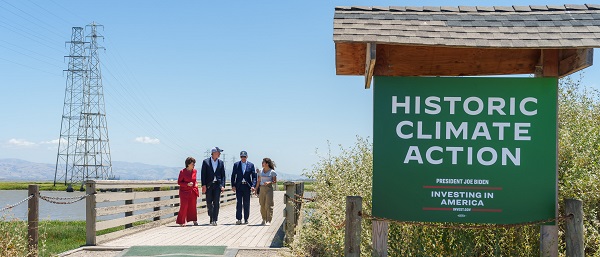
 Daily Caller1 day ago
Daily Caller1 day agoUtah Republican Senator Planning To Attend Big Globalist Climate Shindig Despite Trump’s Energy Policies
-

 Business2 days ago
Business2 days agoUN, Gates Foundation push for digital ID across 50 nations by 2028
-

 International11 hours ago
International11 hours agoNumber of young people identifying as ‘transgender’ declines sharply: report
-
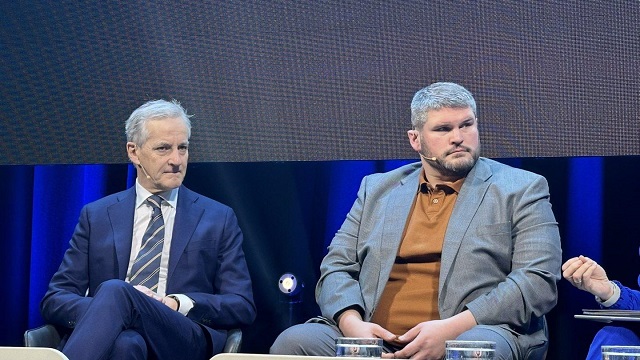
 Energy14 hours ago
Energy14 hours agoIndigenous Communities Support Pipelines, Why No One Talks About That
-
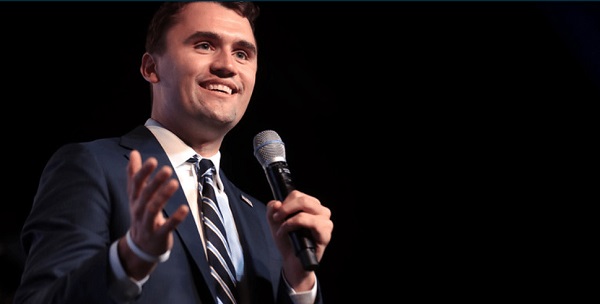
 C2C Journal2 days ago
C2C Journal2 days agoCharlie Kirk and the Fragility of Civic Peace
-

 Business2 days ago
Business2 days agoNetherlands Seizes Chinese-Owned Chipmaker in Unprecedented Security Move
-
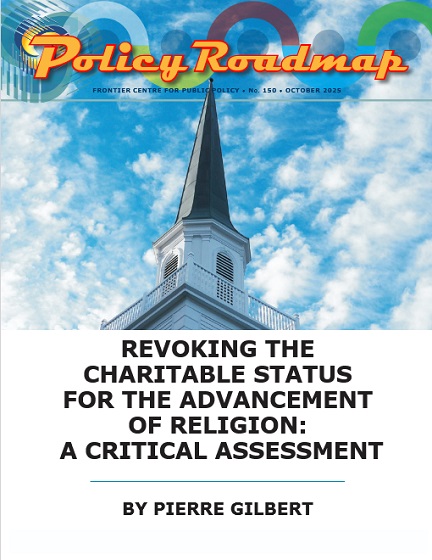
 Business14 hours ago
Business14 hours agoFinance Committee Recommendation To Revoke Charitable Status For Religion Short Sighted And Destructive
-
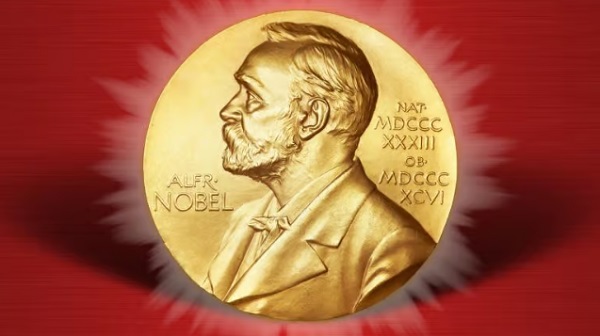
 Brownstone Institute2 days ago
Brownstone Institute2 days agoTrump Covets the Nobel Peace Prize
